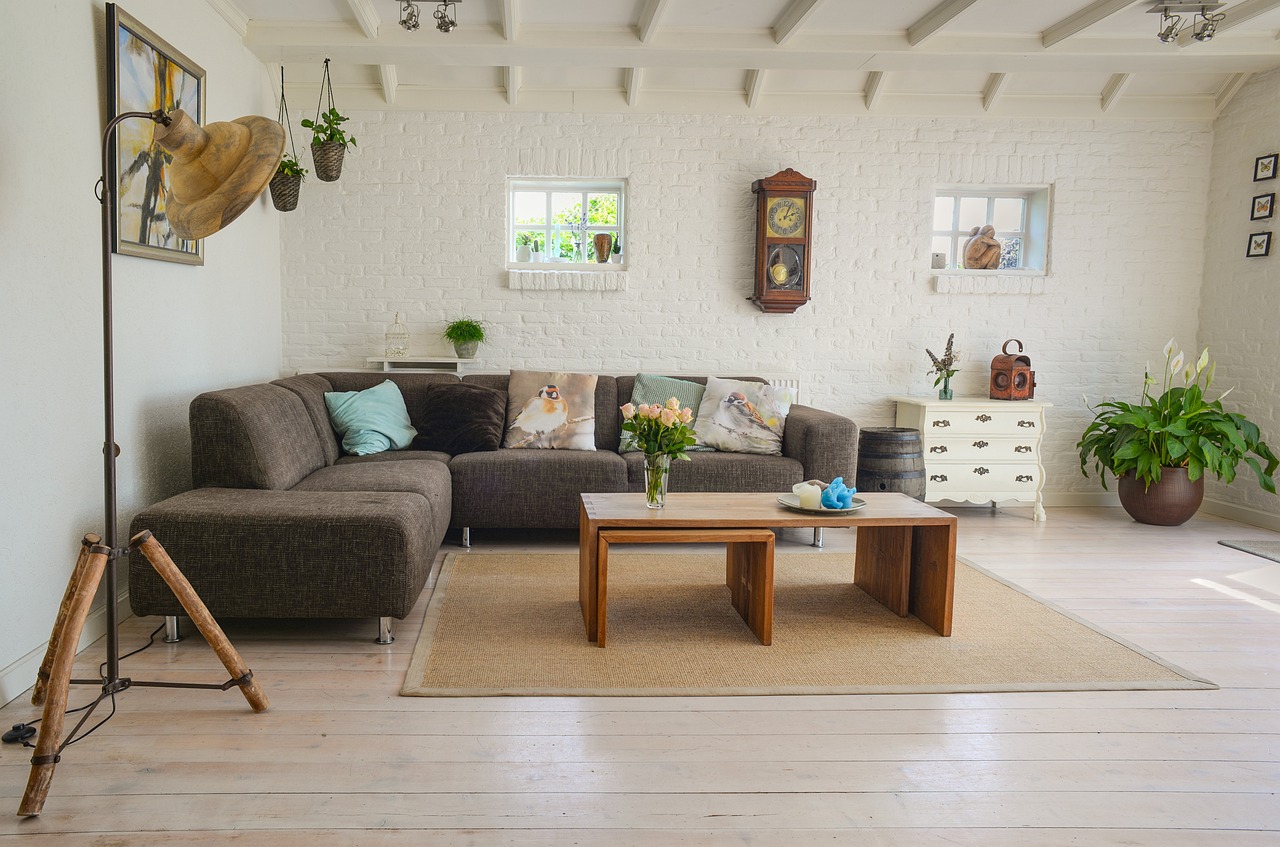
In the hustle and bustle of modern life, our homes serve as sanctuaries of comfort and relaxation. Central to these havens are couches and sofas, the quintessential furniture pieces that combine functionality with aesthetic appeal.
The origins of the couch can be traced back to ancient civilizations. The Greeks and Romans were some of the earliest adopters, using elevated seating arrangements in their homes to connotate status and comfort. These early iterations were often rigid and constructed from materials such as marble, showcasing the user’s wealth.
As we moved into the Middle Ages, seating remained relatively austere, with the erosion of classical styles becoming prominent. However, the Renaissance period marked a rebirth in artistic and architectural grandeur, and furniture design was not left behind. Artisans began experimenting with lush fabrics and more comfortable cradling forms. The Industrial Revolution in the 19th century democratized the availability of these once-exclusive items. Mass production meant that couches transformed from luxury to necessity, and Victorian opulence gave way to sleeker, minimalistic designs in the 20th century. Today, the couch continues to evolve, embracing both tradition and innovation, melding art with utility.
In contemporary homes, the sofa is far more than a simple seating arrangement—it’s a cornerstone of interior design and a reflection of personal style. Modern-day sofas come in a plethora of styles, shapes, and materials to suit varying tastes and needs. Some prefer the timeless elegance of a Chesterfield with its deep button tufting and rolled arms, a nod to classical British design. Others are drawn to the clean lines and functional minimalism of Scandinavian designs, which emphasize simplicity, efficiency, and an organic connection with nature. The materials chosen—whether sumptuous leather, durable microfiber, or eco-friendly fabrics—also communicate a lot about a user’s priorities, be it luxury, practicality, or sustainability. In terms of functionality, sofas now often come equipped with features like pull-out beds, recliners, and built-in storage compartments, making them versatile marvels of design engineering. As the world has pivoted towards remote work in recent years, modular sofas have gained popularity, offering customizable configurations to adapt to different activities and spaces within the home.
Customization is the buzzword in today's home decor market, and sofas are no exception. Customizable sofas allow homeowners to become their own interior designers, tailoring their furniture to reflect their unique tastes and needs. Whether it's choosing the perfect fabric to match the drapes or selecting the correct cushion firmness, customization opens endless possibilities. This trend has given rise to numerous online platforms where customers can design their own sofas from scratch. From selecting the arm style to the leg design and even specifying the exact dimensions, these platforms offer a quasi-bespoke experience for a fraction of the price of traditional custom furniture. Personalization doesn't stop at the physical aspects; many companies are now infusing technology into sofas, offering options like USB ports for charging gadgets, integrated speakers for a surround sound experience, and even smart sofas that can adjust firmness based on your preferences. This level of personalization ensures that a sofa isn't just another piece of furniture but a true extension of one's identity and lifestyle.
It might come as a surprise, but the choice of couch or sofa can significantly impact your health. Ergonomic design principles are becoming increasingly important as people spend more time lounging at home due to remote work and home-based entertainment. A poorly designed couch can lead to a myriad of health issues, from back pain to poor posture and even circulatory problems. Experts recommend that a sofa should provide adequate support to the lower back and should not be too soft or too firm. Features like adjustable headrests and lumbar support cushions can also contribute to spinal health. Materials play a crucial role too; for instance, hypoallergenic fabrics can make a difference for those prone to allergies. Additionally, the seat depth and height should be appropriate for the user's height to ensure that the legs are correctly supported and the feet can rest flat on the floor. Investing in an ergonomic sofa may seem like an added expenditure, but the benefits it brings in terms of physical well-being make it worthwhile.
As awareness about environmental sustainability grows, so does the demand for eco-friendly furniture. Sofas and couches are no exception. Manufacturers are increasingly using sustainable materials like FSC-certified wood, organic cotton, and recycled metals and plastics to create environmentally responsible products. Some companies go a step further by employing zero-waste manufacturing processes and using biodegradable or non-toxic adhesives and finishes. Upholstery options now include a range of natural fibers such as hemp, jute, and wool, which are not only sustainable but also durable and stylish. Moreover, some brands offer furniture leasing programs, where customers can rent high-quality sofas for a period, reducing the demand for new furniture and promoting a circular economy. As consumers become more eco-conscious, the market is responding with innovative solutions that make it easier to furnish homes sustainably. By choosing eco-friendly sofa options, homeowners can contribute towards reducing their carbon footprint while still enjoying the comfort and style they desire.
In conclusion, the universe of couches and sofas is a fascinating amalgamation of history, design, customization, health, and sustainability. As these essential pieces of furniture continue to develop, they not only enhance our living spaces but also reflect our evolving lifestyles and values. Whether you’re seeking a timeless classic or an innovative modern piece, there’s a sofa out there that can serve as the perfect cozy sanctuary in your home.